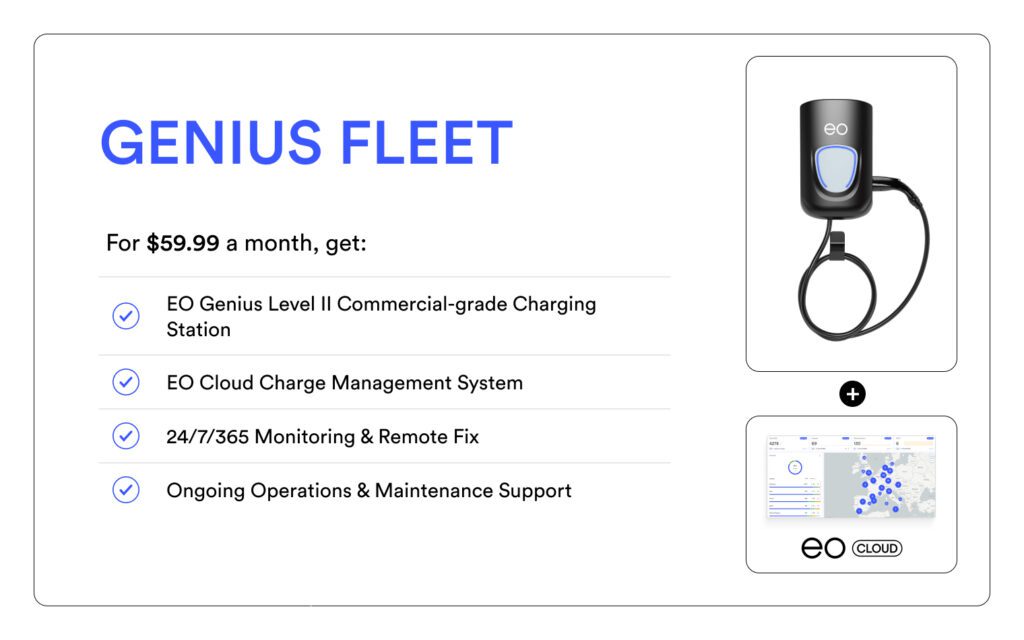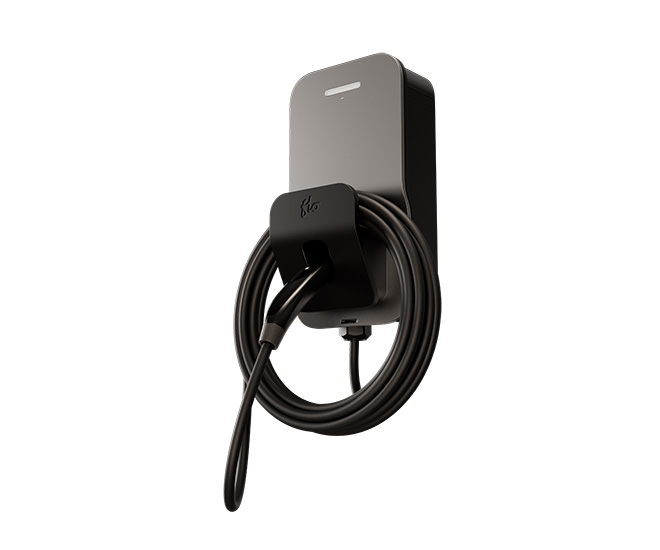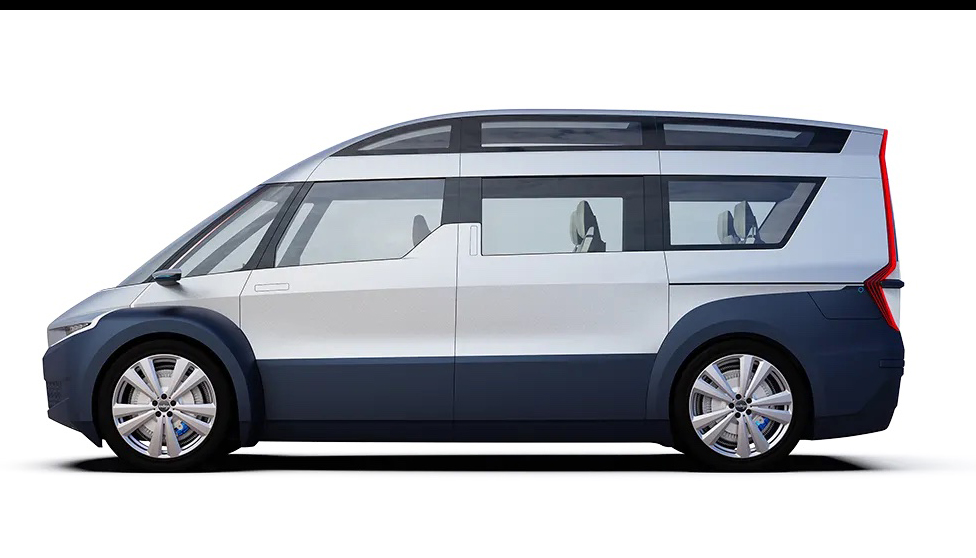Mitsubishi Electric has developed an energy-management system capable of scheduling EV charging, discharging back into the grid, and optimizing the operation of PV and other power-generation systems according to the fluctuating unit price of electricity sold on the grid.
A demonstration of the technology is underway at the company’s automotive factory in Changshu, China.
The cost of power from the grid fluctuates throughout the day based on electricity demand. By coordinating the charging and discharging of EVs parked at a user’s facility with solar or other power-generation systems, periods of high energy costs can be avoided. The company says this is made possible by using “a multi-directional power conditioning system (PCS) to reduce or shift the use of grid power during peak hours.” The PCS optimizes schedules for charging and discharging EVs by calculating minimized power costs.
In simulations using a scaled-down 1:10 model of a 1,000-employee factory, typical power demand, and EV usage, power costs in the case of using 10 EVs were found to be 5 percent less than in the case of using no energy-management system.
The EV operation plan and charge/discharge schedule are regularly optimized through the use of a “one-day plan” that is calculated several times each day to establish the charge/discharge schedule for the next 24 hours, a “correction plan” calculated every several minutes to refine plans for the next several hours, and a “control command” calculated every several seconds. Concurrently, the system continuously monitors the amount of electricity purchased from the grid and the state of charge of EVs parked on the company’s campus.
Conventional energy-management systems correct plans when PV power generation or power demand deviate significantly from the projected one-day plan. However, since these systems do not make allowances for factors such as delays in EVs arriving at the company or undercharged EVs, purchasing power during peak hours sometimes becomes unavoidable, resulting in higher costs to the company. Mitsubishi Electric’s system regularly monitors the status of EVs connected and refines the charge/discharge schedule every few minutes.
Source: Mitsubishi Electric








































































